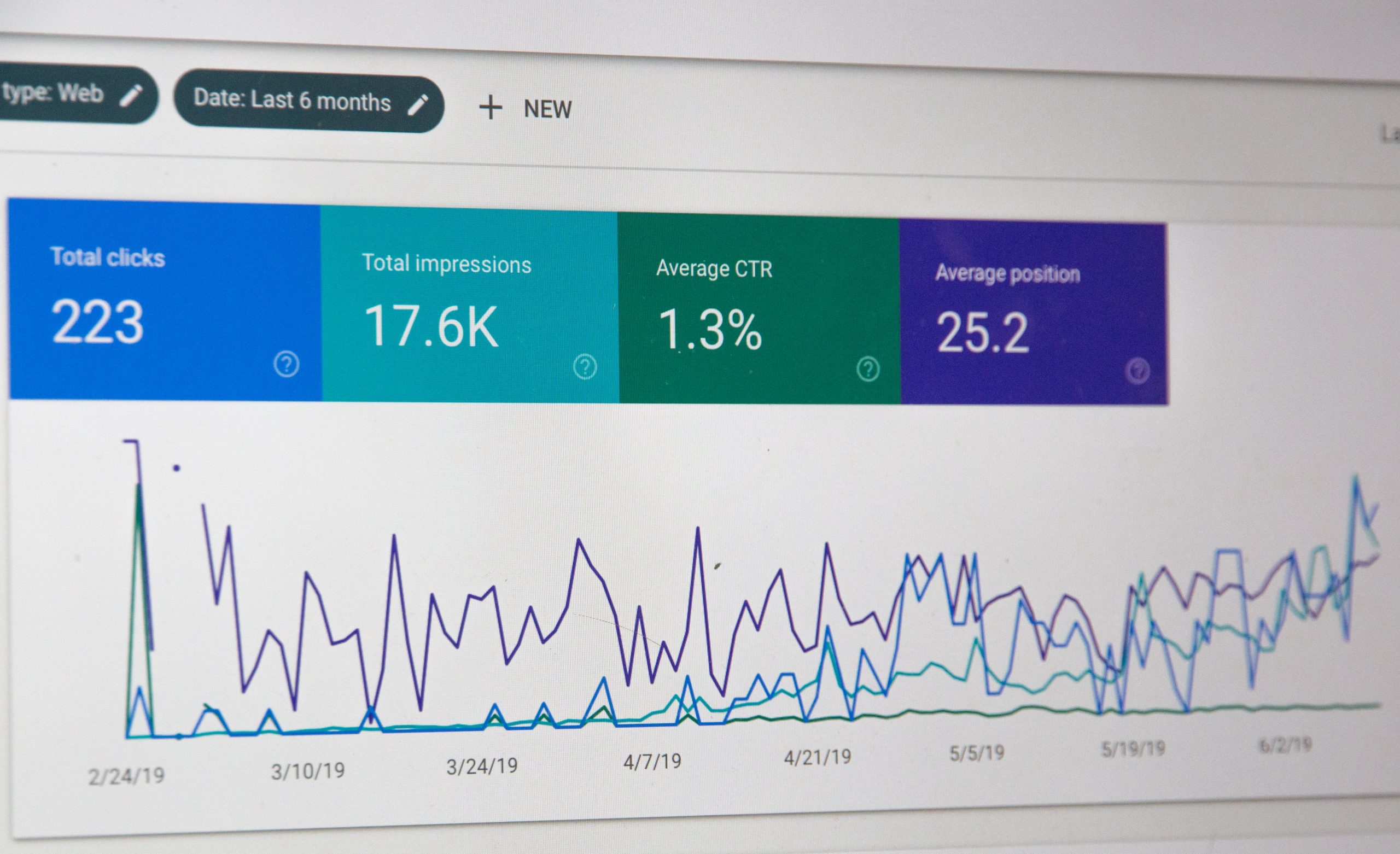Ring, ring, ring ……….
Believe it or not, that’s your Data calling. In all likelihood, the conversation is going to go one of three ways:
You hear who it is and immediately reply I’m not interested, take me off your list.
You see that it’s your Data calling and you’re excited to talk, but all you can hear are the teacher’s voices from Charlie Brown.
You have a nice long chat and receive a lot of valuable insights, but it’s just too much all at once so you’re not sure what your next steps should be.
There’s nothing wrong with any of those responses, which is why they’re so common. The alternative is that you’re actively using your Data every step of the way to measure success and influence planning. But if that’s the case, Data wouldn’t be calling in the first place.
In 2013, Hubspot social media scientist Dan Zarrella told Forbes “marketing without Data is like driving with your eyes closed.” Five years later his statement carries even more weight as the marketing canvas on which we paint has exponentially grown and matured. Luckily, marketing analytics come in all shapes and sizes with varying degrees of complexity and usefulness. And there isn’t a right or wrong way to use the Data. The only rule is that you use it.

Studying Data and analytics can seem overwhelming and daunting. Sometimes it can feel like a never-ending process. But I often equate it to launching and maintaining social media platforms. Yes, having as broad a presence is ideal, but not every network is going to be appropriate, nor will your comfort level be consistently high across the board. So, you pick what fits your brand’s identity (using Data to inform this also helps!) and what won’t become a pain point and burdensome task for you. Falling into either of those two scenarios reverses the exercise’s effectiveness. And that’s the beauty of Data-driven marketing. You can make it work for you and your business.
Regardless of your background or level of experience with Data analysis, the foundation of every campaign should be molded using the answers to these three questions:
Who is the audience I’m trying to reach?
What are my most important marketing channels?
What are my objectives?
Taking it from the top, let’s use the example of a small advertising campaign. You’re given a product to market and a budget, but nothing else. Now start answering the questions.
Audience
It would be easy to run a Facebook advertising campaign where the target audience was everyone. But you could also just toss your money in the river. Instead, take some time and compile three identifying characteristics of you target individual. They can be demographic, geographic, or interest based. Now confirm those assumptions using the insights you have on hand, something like Google or Facebook analytics. (As an aside, Data doesn’t always have to be something generated from a machine and printed on a piece of paper. Anecdotal information, when gathered in enough volume, can be as effective a Data source as an algorithm).

Marketing Platforms
Now that you have identified the type of person you are looking to reach the next step is to figure out where. The term “marketing platforms” can mean a lot of different things based on your campaign directive. In this case it’s answering the question of where does the consumer that fits the above criteria spend most of their time. If it’s social media is it Facebook, Twitter, Instagram or Pinterest? If it’s email based what sorts of newsletters would they subscribe to, so you can buy into ad networks. Or are they strictly web browsing users? There are a host of resources to confirm your assumptions. For example, take a deep dive into your website’s inbound analytics. If a large percentage of users are finding you through Facebook (paid or organic), it’s probably a good idea to take your resources there. But if Google seems to be a popular starting spot, a targeted AdWords campaign might be the most effective. Regardless, you’re using the past to predict the future, so you can act in the present.
Objectives
We know the type of person we’re trying to reach and the platform we’d like to execute on, but how are we going to know if we were successful? It’s vital to be as specific as possible without limiting yourself so much that the findings from the analysis aren’t going to be useful down the road. The importance of this step goes well beyond the campaign at hand because it’s giving you Data to inform your next campaign. Each time you execute on something you’re compiling more and more Data, which just makes this entire process easier. You’re not saying the objective is to have a click to the website and then move on, but it’s also not that you want someone to purchase a product at high noon with a Visa Debit card. If your objective is to grow your newsletter list via advertising, set a percentage increase goal. Or if it’s sales, highlight a revenue number to meet.
Planning is done! Now go execute, study the Data after the fact, and repeat, at which point you will have officially closed the loop on a Data-driven marketing campaign. It’s not always perfect because not all Data is perfect, and sometimes doesn’t exist at all. The results might not be perfect (or even pretty) and that’s ok as well. It’s a process and it takes practice, time, and patience to improve and realize your goals.
As long as you’re not driving with your eyes closed you’ll reach your destination.





